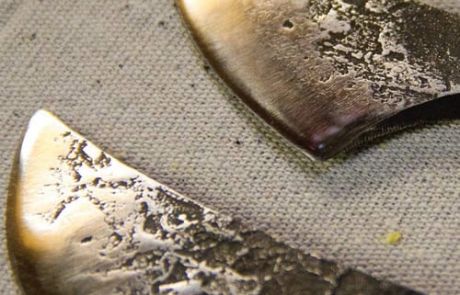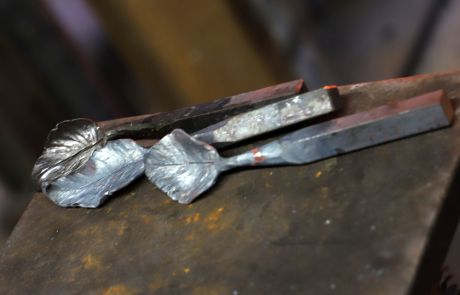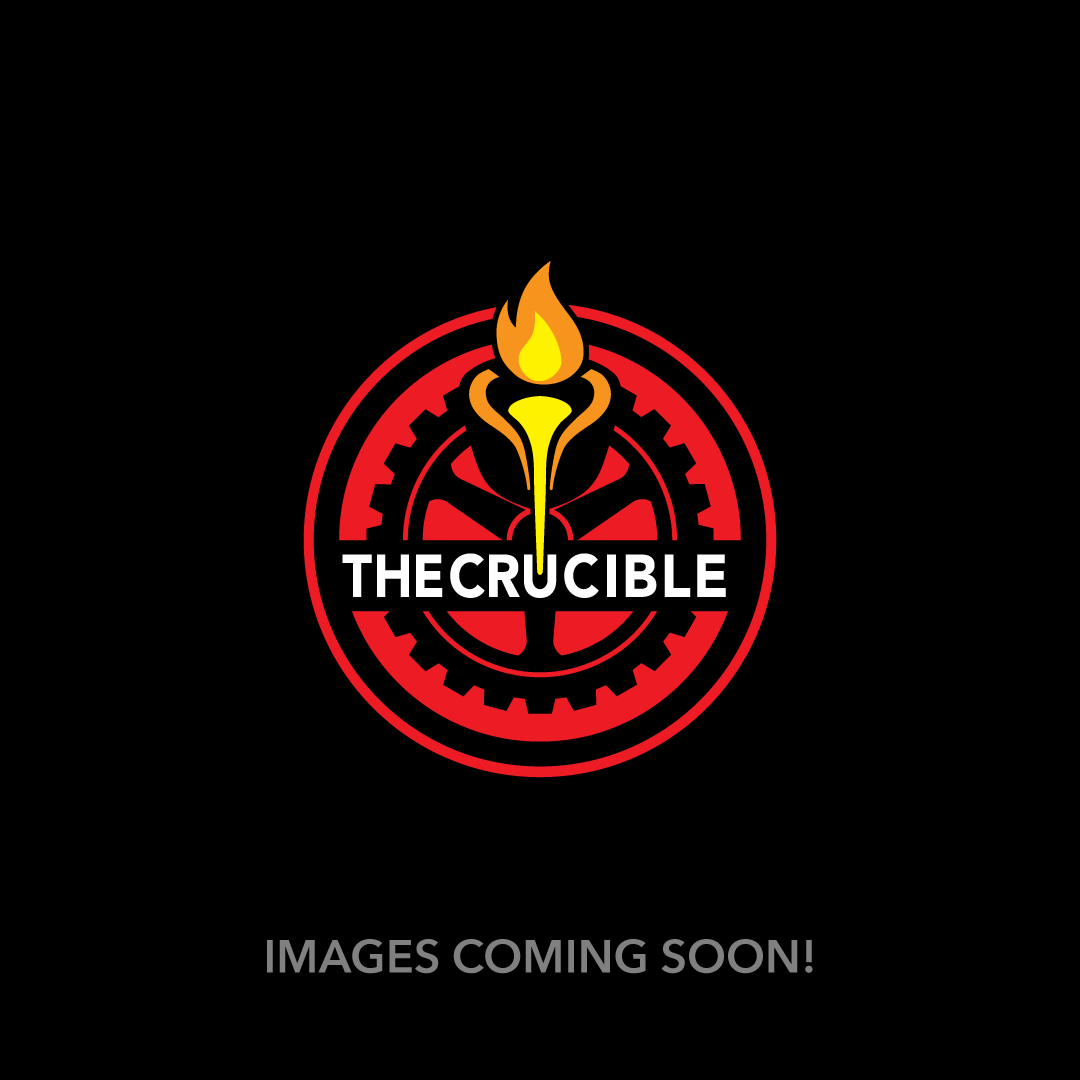Guide to Power Hammers
By Kristin Arzt
Power Hammers 101: How To Use a Power Hammer
What is a power hammer?
Power hammers are mechanically powered forging instruments that use electricity or steam to raise the hammer and strike. Metalworkers have used power hammers since the late 1880s. These tools essentially have the same purpose as a manual hammer, though they are more efficient and accurate.
They are incredibly powerful and effective instruments and help blacksmithing complete more advanced blacksmithing projects faster. Power hammers are particularly effective in the forge welding process by bladesmiths to create knives, blades, and more. They are also commonly used to forge striking steel tools and closing rivets.
How a power hammer works
Simply put, the hammer applies force to an object in the forging process. As a result, the strike is much stronger than if you used a manual hammer or even a hydraulic press. Every power hammer consists of a frame, an anvil, and a reciprocating hammerhead. To operate a power hammer, you will place the object you are forging onto the anvil, then activate the power hammerhead to strike. Power hammers can be powered with mechanical linkages, compressed air, or steam.
Power hammers are rated by the weight of moving parts that act directly on the workpiece. Power hammers are very heavy, ranging from 1,000 to 50,000 pounds, and have a high level of force upon the piece being worked. Therefore, only use power hammers on alloys that are strong enough to resist damage caused by their immense force. Avoid weaker alloys like aluminum and magnesium when using a power hammer.
Power hammers are more powerful than their predecessors, including trip hammers and steam drop hammers, which relied on gravity for the head to fall. However, unlike these older mechanisms, the force of a power hammer accelerates on the downward stroke, providing more energy than if the weight were to fall using gravity alone.
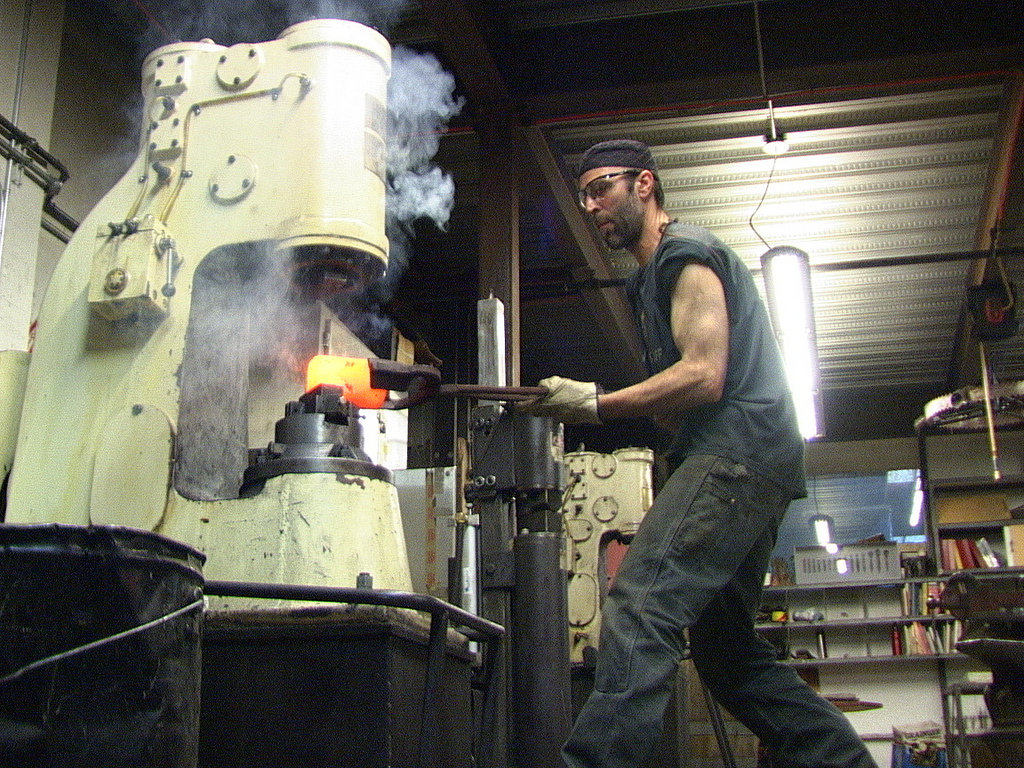
Common types of power hammers in blacksmithing
There are different types of power hammers used to forge metal, and each is used for specific projects and in different spaces. However, all types of power hammers are similar in that they contain an anvil, arms, and springs, which enable the hammer’s head to place force on the forged object.
Mechanical power hammers run on an electric motor, while others use steam and compressed air. The most common power hammers use compressed air. Older blacksmith shops may have mechanical or steam power hammers.
Steam power hammer
Steam hammers are typically the largest and most powerful types of power hammers. Steam power lifts the hammer, and pressurized steam powers the hammer down onto the workpiece. This type of power hammer grants you more control over your striking force, from a slight tap to a massive strike. This complete control over the level of energy is a more advanced power hammer skill. Steam power hammers can weigh up to 50,000 pounds. In addition, anvils weigh 10 to 25 times as much as the hammer ram, requiring a sizeable underground installation.
Air-lift hammer
Air-lift hammers raise the ram using compressed air and are the most common power hammer found in modern blacksmith shops. Many air-lift hammers that you see today were converted from steam-powered hammers. This enables the blacksmith to control the power down and power up striking force. These hammers range in size from 500 to 10,000 pounds.
Mechanical power hammer
Mechanical power hammers are typically smaller than other types and run on an electric motor. The motor rotates a crank on the machine that drives the striking force. They are smaller hammers and can be operated by just one person.
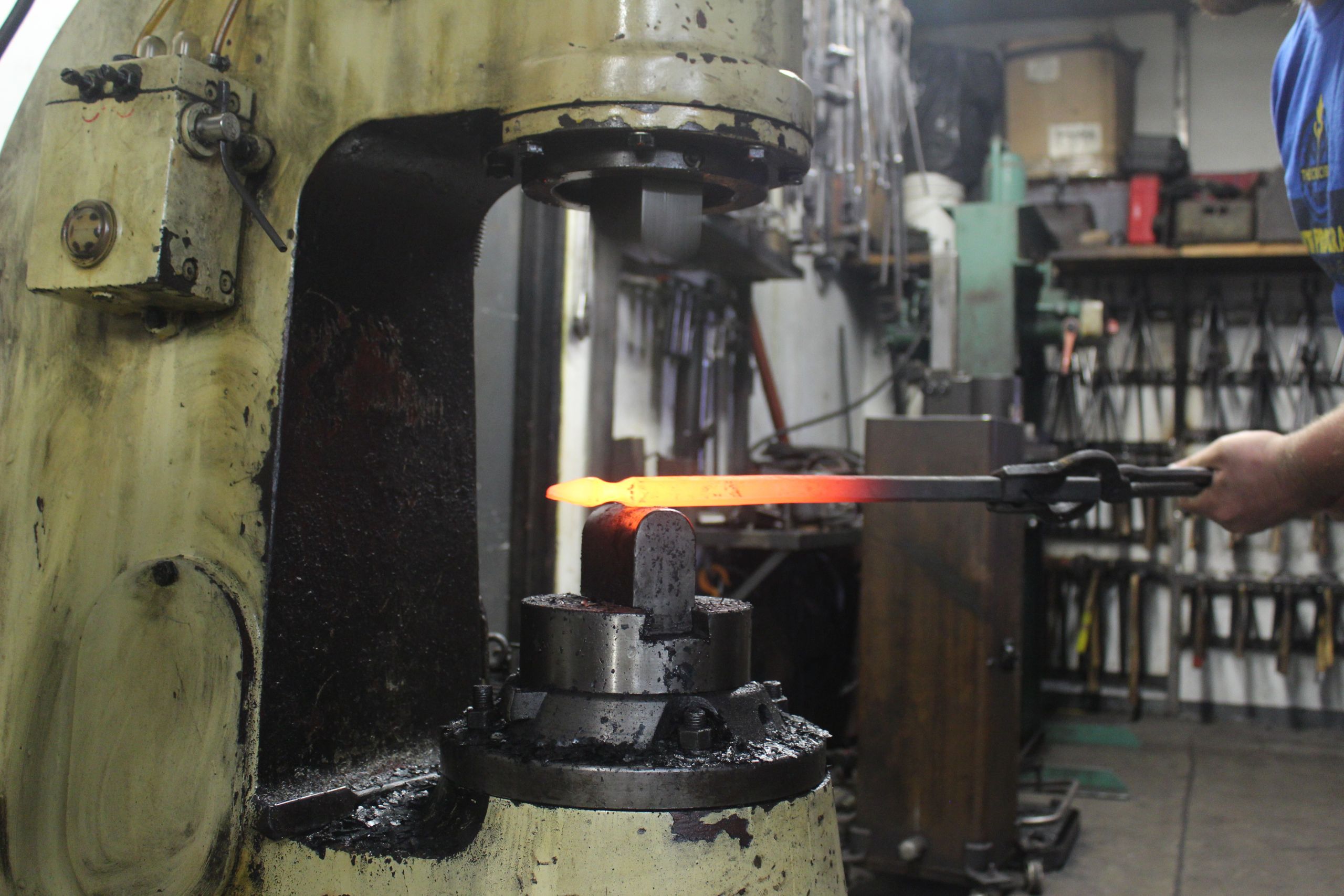
Learn to use a power hammer at The Crucible!
The Crucible offers a wide variety of public classes teaching blacksmithing. Whether you want to learn the fundamentals of fabrication or something more advanced, The Crucible has you covered. Because the power hammer is a more advanced piece of equipment, it is only used in our advanced blacksmithing classes. Once you have completed the required prerequisites Blacksmithing I and Blacksmithing II, you can start to explore the many possibilities of working with a power hammer in our smithy, from forging a blade to making your own blacksmithing tools.
Bladesmithing
This specialized course focuses on the forging techniques needed to produce sharp-edged tools of high-carbon steel. You will learn blade design, control of steel grain structure, hardening and tempering methods, steel finishes, and handle construction.
Blacksmithing Lab
Lab sessions are a great benefit, exclusively for Crucible members! Practice the skills you learn in class and explore new possibilities with your craft. No instruction is provided during lab sessions, but a lab monitor will be present to answer questions, manage safety, and provide overall support.
Forge Welding
For centuries, forge welding was the only way to weld steel and iron, most commonly being used for pattern welding blades and knives. Now, you can deepen your blacksmithing skills in this class that covers all the fundamentals of this traditional craft. Learn the process of repeatedly drawing out a billet of steel, then folding it back and welding it upon itself. This class is your introduction to the power hammer.
Forge Your Own Blacksmithing Tools
Create your own blacksmithing tools! You will make a punch and learn how to use it to punch the eye on a hammerhead. Learn techniques in double striking and heat-treating, and be introduced to the power hammer.
Power Hammer I
This class focuses on power hammer techniques as you learn to forge a set of basic hammer tools, side sets, and a round-back flatter. The emphasis of this class is on the safe and effective operation and maintenance of the hammer.
Techniques in Ornamental Iron Work
This class covers traditional decorative ironwork methods and introduces the power hammer. You will explore techniques, such as steel carving, fullering, and riveting, to create an ornamental dragon.
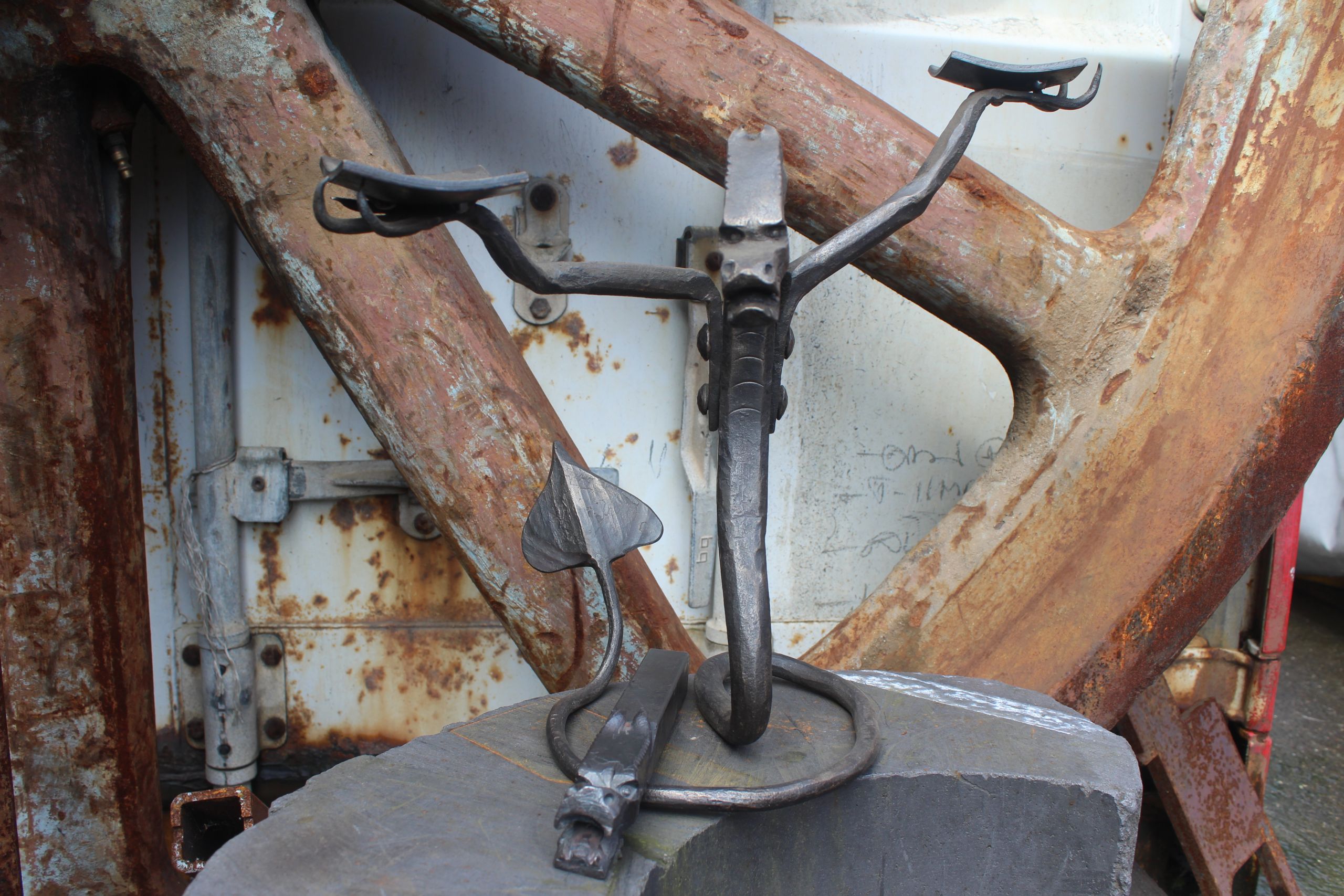
Power hammer FAQs
Where can I buy a power hammer?
Buying a power hammer is a big investment in both cost and space. Once you have researched exactly what type of power hammer you should buy, you can either purchase a new or used model. Shop locally whenever possible to avoid high shipping costs. If you are on a budget, look into used power hammers in your area. Networking with the local blacksmithing community and local guilds may offer insight into what is available near you. You may find a power hammer in perfect condition, or if you are able, you can get a better deal on one that needs work and fix it up yourself.
Which power hammers are best?
Anyang hammers are a high-quality option that holds their value well and offers the longest and most comprehensive warranty compared to its competitors. Because of its long life and quality build, it is rare to find a used Anyang hammer. Used Anyang models typically sell close to new retail models. They provide a lifetime warranty on the frame, a five-year warranty on wearing components, and a one-year warranty on electrical parts.
What are power hammers used for?
Power hammers are mainly used in forge welding to join metals together through force. It is an accurate and quick way to forge a knife blade, sword, ornamental ironwork, and more.
How much do power hammers cost?
A power hammer is an investment, but quality models will last a lifetime. The price ultimately depends on the make, age, size, and condition, but a used power hammer in perfect condition can range between $2,500 to $15,000. Brand new power hammers can cost up to $25,000. Purchasing a power hammer, whether new or used, is a major purchase.
What size power hammer do I need?
Power hammer sizes indicate the weight of the actual striking force. The size of your power hammer will depend on the size of the stock you plan to forge, how much you want to forge, and your budget. If you are a hobbyist and forge small one to two-inch stock, a 33-pound power hammer will be plenty. If you are interested in the production of smaller stock, you can explore a slightly larger-sized hammer, up to a 55 or 88-pound hammer. Sizing up to a 55 or 88-pound hammer also means you have more versatility in your shop with various speeds and stock size allowances. Larger power hammers will be more expensive but save you money on fuel and time.
How loud is a power hammer?
Power hammers can be extremely loud, averaging between 120-140 decibels. The National Institute for Occupational Safety and Health recommends a limit of 140 decibels for peak sound levels. Make sure you wear appropriate hearing protection when using a power hammer.













